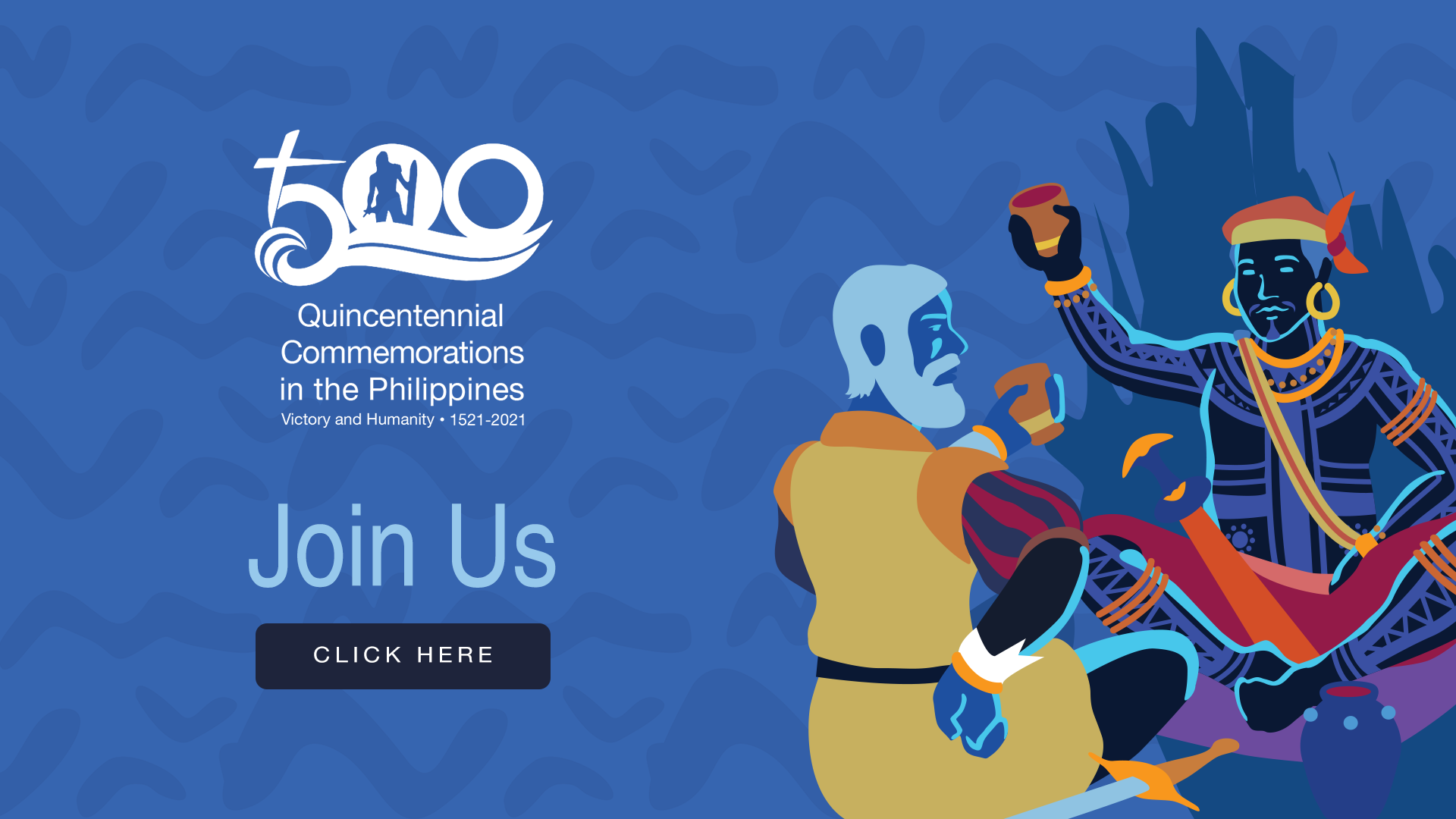Guiding the First Circumnavigation in the Philippines
Posted on 25 March 2021
By Dr. Rene R. Escalante
Maybe many of you are wondering why the island of Gibusong is part of the 2021 Quincentennial Commemorations in the Philippines and has this historical marker for the 500th anniversary of the first circumnavigation of the world. The answer is simple: this island where we are at now guided the wandering Magellan-Elcano expedition to their destination—the Maluku Archipelago, popularly known as the Spice Islands during our Hekasi or Araling Panlipunan days.

After the Magellan-Elcano expedition discovered a passageway to the Pacific in November 1520, they thought they were already near the Maluku. Imagine the world at that time: Europeans had no idea how vast the Pacific was—but our ancestors knew it was because our seafaring ancestors had populated the islands across the Pacific centuries or even thousands of years before 1521. So, in European maps, what lies beyond the Americas were mere theories and speculations until Ferdinand Magellan sailed the Pacific for “how many moons… without seeing land.”
When they reached the Philippines, particularly Homonhon Island, in present-day Guiuan, Eastern Samar, the very island we see behind us, they were starving, dehydrated, undernourished, dying.
Antonio Pigafetta, the chronicler of the expedition, described the death-defying crossing of the Pacific like this:
were three months and 20 days without getting any kind of fresh food. We ate biscuit, which was no longer biscuit, but powder of biscuits swarming with worms… It stank strongly of the urine of rats. We drank yellow water that had been putrid for many days. We also ate some ox hides that covered the top of the mainyard…
The people of Suluan, a nearby island of Homonhon, visited these unfortunate Europeans in Homonhon, brought them food and drinks and the provisions they needed. And on March 25, 1521, they left Homonhon in an attempt to gather any lead where the Maluku was. Little did they know, the Maluku was just down near Mindanao—but do not laugh at these people. They did not know yet the geography of Southeast Asia and the Pacific. The language was another consideration, for they could not understand the people of Suluan, only after they met Colambu, the rajah of Limasawa, in today’s Southern Leyte, who knew how to speak the lingua franca of Southeast Asia back then: Malay. Nevertheless, it was through Gibusong that the Magellan-Elcano expedition was guided to continue navigating the waters of Surigao Strait and came across Limasawa, and from there the rest is history.


